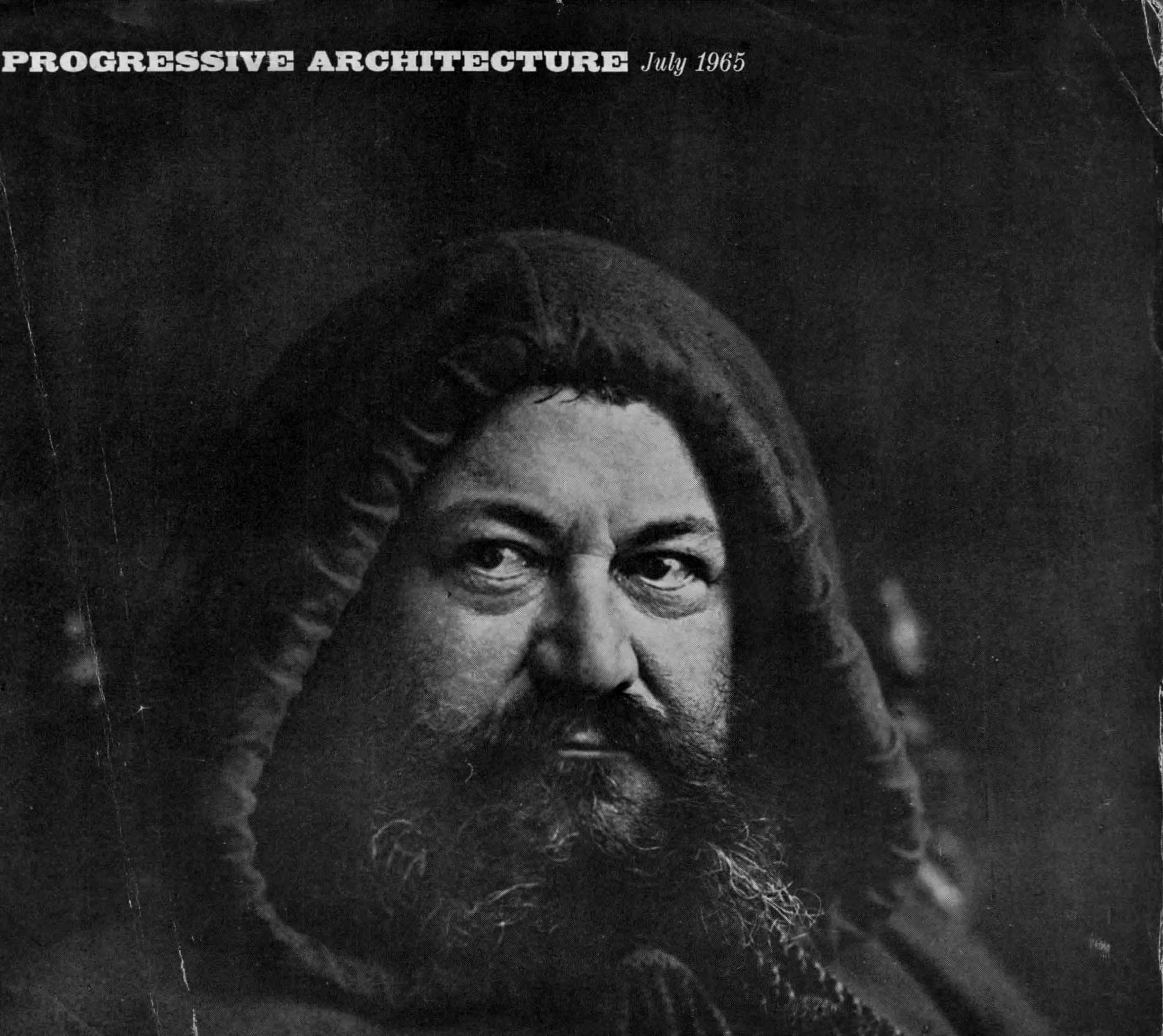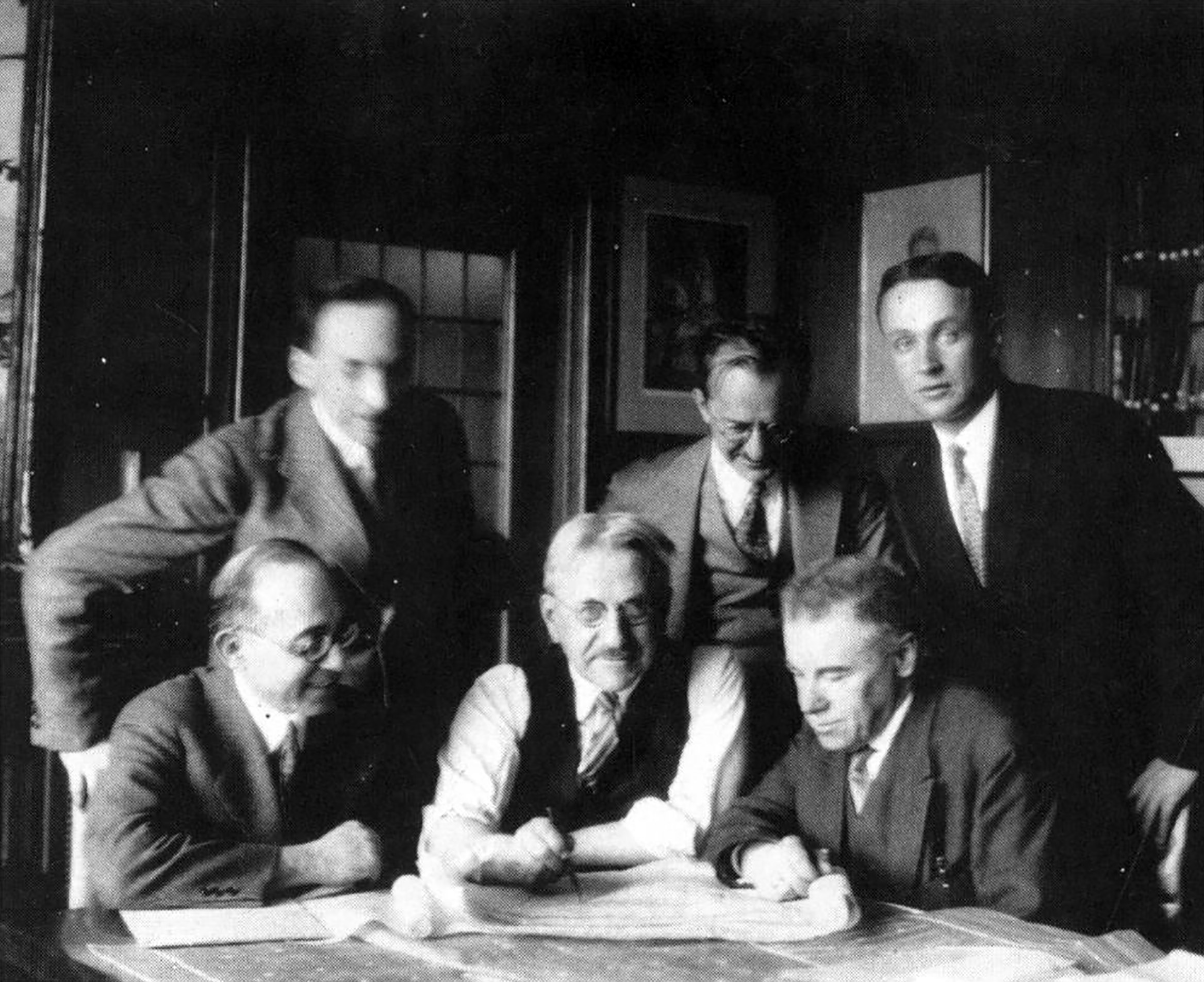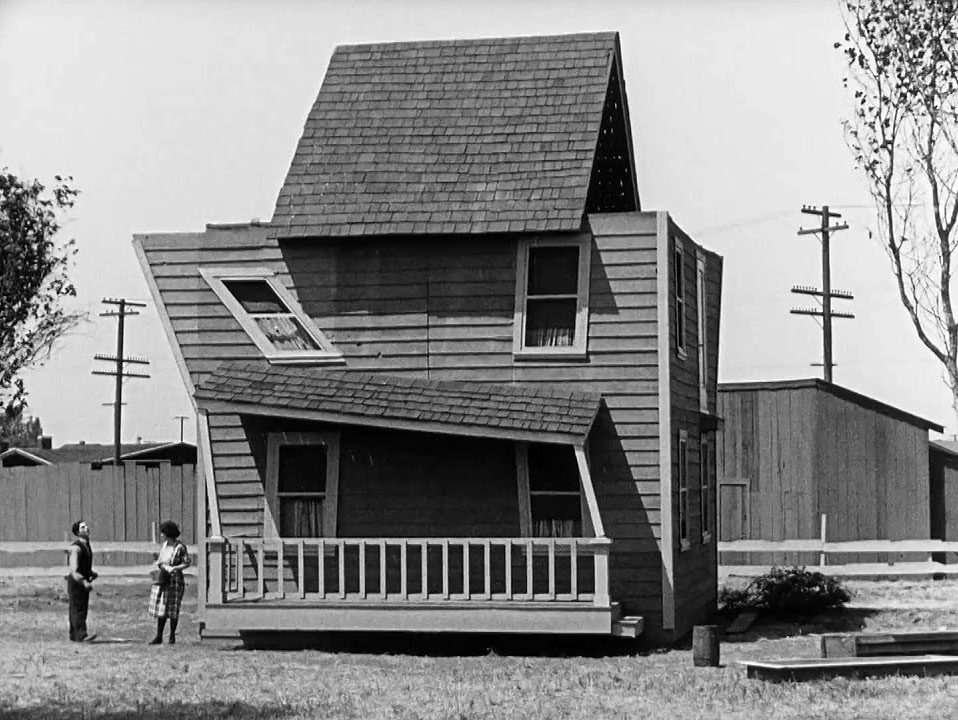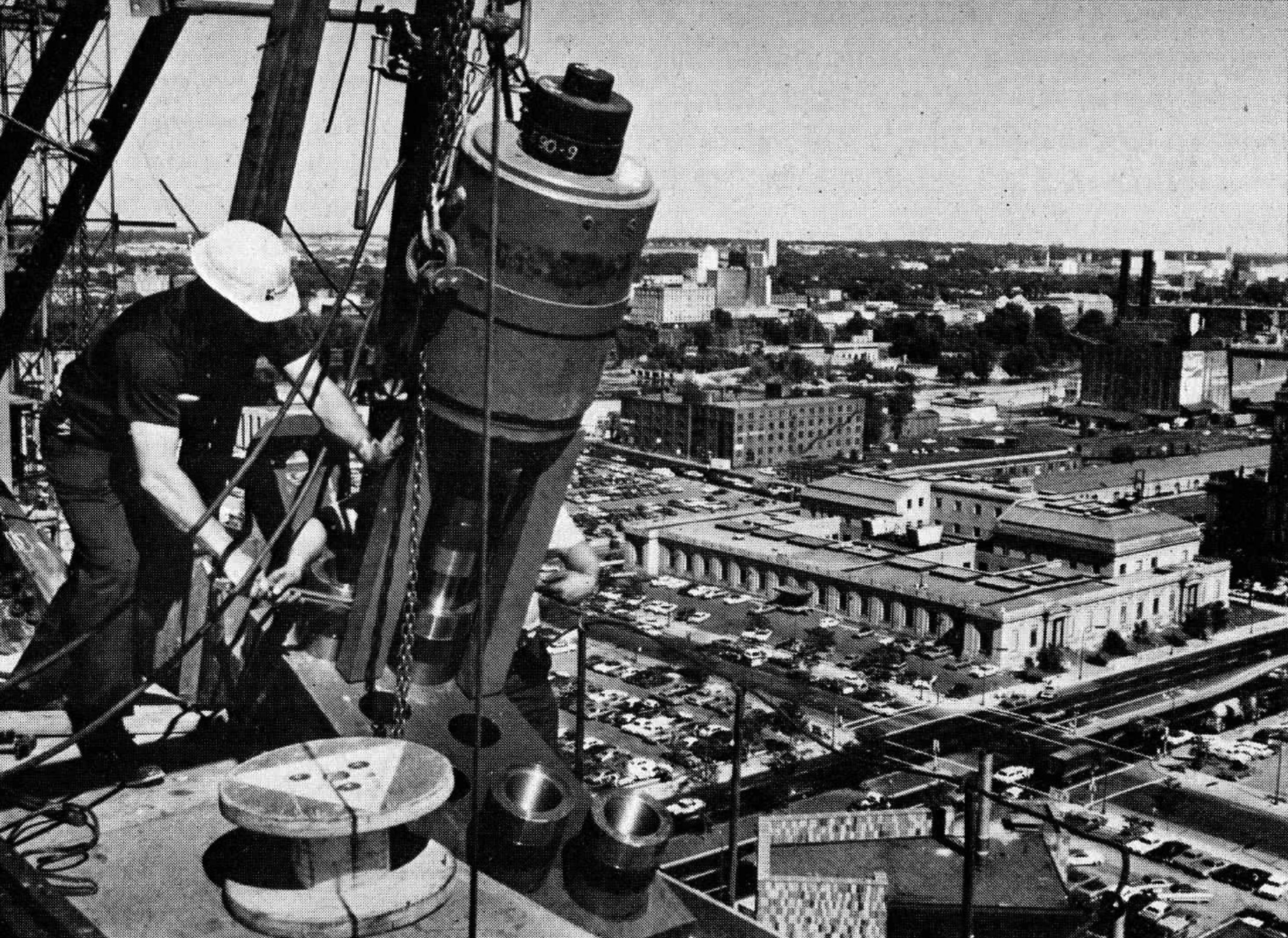OASE Journal 113: Authorships
Peer-Reviewed Article, 2023
In this article I argue that a once-prevalent collective ethos in architectural practice
reached its apotheosis during the 1950s. Transformations
that were nascent in the that decade spurred a retrenchment around the individual
author, at least among the small and midsize firms that still comprised the
bulk of the profession at the time. As early as 1960, simmering
anxieties about the aesthetic anonymity of modernism came to be linked with
concerns about social conformity, resulting in a desire for distinctive
authorial identities among architects, critics, and clients. When discussing
authorship today, we must take account of the ideological props that bolster this
still-pervasive myth of the individual author despite its increasing
disingenuousness: first, that authorship in the U.S. context served as a weapon
in Cold War debates concerning liberty and collectivity; and second, that it also
acts as (psychological) compensation for the alienating realities of architectural
employment.
Portrait of 19th Century US architect Henry Hobson Richardson featured on the July 1965 cover of Progressive Architecture, illustrating dramatic change within the image of architects from visionary individualist to “pseudo-corporation man” and back again, as explored by Jan C. Rowan in his editorial that month.
Portrait of 19th Century US architect Henry Hobson Richardson featured on the July 1965 cover of Progressive Architecture, illustrating dramatic change within the image of architects from visionary individualist to “pseudo-corporation man” and back again, as explored by Jan C. Rowan in his editorial that month.
Oxford Bibliographies on Architecture, Planning & Preservation (Oxford University Press)
Peer-Reviewed Article, 2022
Though he has been marginalized in most mainstream accounts of modern architecture, Albert Kahn (b. 1869–d. 1942) is increasingly considered one of the most important and consequential US architects of the 20th century. Kahn is known primarily for the technically innovative and rigorously functional factory buildings that his still-extant firm Albert Kahn Associates, Inc. (founded 1903) designed for automotive manufacturers, including the Ford Motor Company, but his firm was also responsible for hundreds of eclectically styled buildings for other purposes in Detroit, Michigan. This bibliography surveys literature on Kahn and his firm within ten thematic categories, including texts by Kahn and his siblings, contemporaneous criticism, those dismissive of his firm‘s relevance to histories of modernism, and the recent turn in scholarship toward crediting Kahn with substantial contributions to twentieth-century architecture.
Partners of Albert Kahn Associates, Detroit, 1920s. Albert Kahn Associates records, Bentley Historical Library.
Partners of Albert Kahn Associates, Detroit, 1920s. Albert Kahn Associates records, Bentley Historical Library.
RA. Revista de Arquitectura, n. 23 (English and Spanish)
A Pyramid of Paperwork: Labors of Imagination and Interpretation in Late Twentieth Century Architectural Practice ↗
Journal Article, 2021
A
fundamental shift in employment patterns among
architects in North America during the 1960s and 1970s impacted the ways
particular kinds of tasks were either monopolized or delegated within firms. This
article uses the archive of the US-based architectural firm Gunnar
Birkerts and Associates to show evidence of a growing
gulf between executive architects and employee architects (particularly women
assigned to interiors work), as well as the persistence of chauvinistic practice
ideals under changed circumstances. The Federal Reserve Bank of
Minneapolis building design is shown to be illustrative of the gulf between
imaginative and interpretive labors.
Sketch by Gunnar Birkerts and others exploring variations for the catenary structural system of the Federal Reserve Bank of Minneapolis building, ca. 1968. BL000573, Gunnar Birkerts papers, Bentley Historical Library.
Sketch by Gunnar Birkerts and others exploring variations for the catenary structural system of the Federal Reserve Bank of Minneapolis building, ca. 1968. BL000573, Gunnar Birkerts papers, Bentley Historical Library.
University of Utah School of Architecture
Editorial Project, 2021
With issue coeditor Ole W. Fischer, I helped to develop an open call for papers addressing how and why architectural practice or design pedagogy might be in need of subverting. In this case, we take subverting to mean (to play on Audre Lorde’s famous architectural metaphor) turning the master’s house against itself. Articles selected from an open call include discussions of contemporary community-engaged teaching, ethnographic studies of tenant appropriation, progressive design projects, analysis of historical examples, as well as theoretical explorations of fundamental concepts including nature and ground. I wrote an editorial to set the stage for this diverse selection that discusses the subversive tactics of Virgil Abloh and overlooked aspects of Learning From Las Vegas.
This project has received support from the Graham Foundation for Advanced Studies in the Fine Arts.
Still from Buster Keaton and Edward F. Cline’s short comedy film One Week (1920), in which a newly married couple assemble, reassemble, and spectacularly dismantle a build-it-yourself house kit.
This project has received support from the Graham Foundation for Advanced Studies in the Fine Arts.
Still from Buster Keaton and Edward F. Cline’s short comedy film One Week (1920), in which a newly married couple assemble, reassemble, and spectacularly dismantle a build-it-yourself house kit.
Journal of Architectural Education, v. 74, n. 2: Othering
Peer-Reviewed Journal Article, October 2020
This “micronarrative” is a critique of architecture’s aporia around cross-industry solidarity. Due to the posture and rhetoric of professionalism,
architects have too often been unwilling and unable to form relationships of
solidarity with other parties involved in the making of buildings. If we
are to transform the processes of design and construction to address the urgent
challenges of the present, solidarity with these “others” will be necessary. Analysis
of an article discussing the construction of the Federal Reserve Bank of
Minneapolis (FRBM), designed by Gunnar Birkerts and Associates, illustrates some of
the tensions caused by class hierarchies and subordinations within
construction, while also revealing opportunities for stronger, industry-wide
bonds.
Steelworkers tension one of the suspension cables supporting the FRBM office tower, April 1971.
Steelworkers tension one of the suspension cables supporting the FRBM office tower, April 1971.




